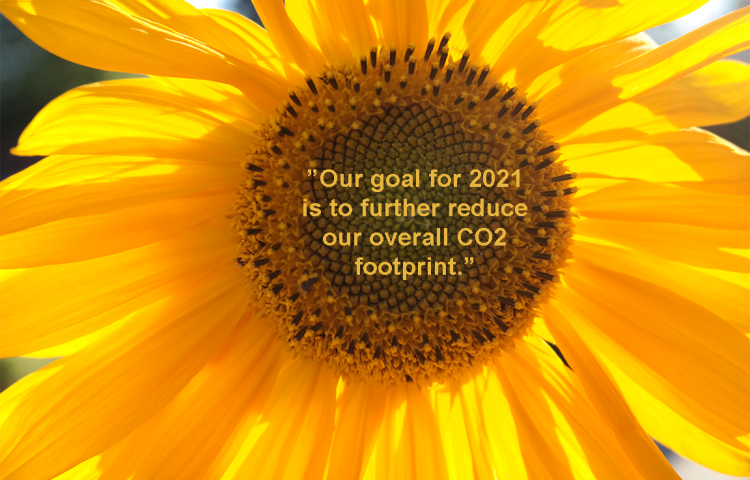Our willingness to take responsibility to minimize our environmental impact in the medtech industry is essential to the success of our business. But how do we, as a global development and manufacturing partner, live up to our commitment? Here are a few examples of how we care for our responsibilities.
Injection molding and metal processing of medical devices
Our production technology includes polymer injection molding and various types of metal processing such as grinding, turning, and milling. From a lifecycle perspective, most of our production has a minimal environmental impact. Our ambition is to constantly identify areas for improvement and define goals.
Using renewable energy sources in our productions sites
Reducing the climate impact of the business is a long-term commitment. We systematically collect data on energy use to identify areas for improvement. Renewable energy sources typically account for more than 60% of our energy use, and our goal is to increase this share. For our Scandinavian sites, we have 100% renewable energy.
Keeping track of our water use in water-stressed areas
All sites are connected to municipal treatment plants via the sewage system. Metal residues and oil contaminate a small part of the process water. This is treated as contaminated waste and disposed of by certified waste service providers. One of our goals for 2020 was to achieve a better overview of our water use, especially in water-stressed areas.
Minimizing waste and scrap in the medtech industry
Our goal is to minimize production waste. As this waste affects our financial results as well as the environment, it is an important sustainability goal. Some of the waste is scrap, which comes mainly from discarded units. All core raw materials, metals, and plastics are sorted for recycling. Examples of other recycled, non-hazardous waste include cardboard, paper, wood, and plastic.
In 2020, we reduced our waste significantly. The expansion of our Memphis site in the previous year generated construction waste. The completion of the expansion and the negative impact of the pandemic on demand for production are two factors behind the reduction in waste. We work continuously to improve our internal solutions for recycling supporting production materials such as oil and water. We have engaged certified service providers for suitable disposal, incineration, landfill, and recycling services.
Reducing our carbon footprint through removal certificates
The majority of our greenhouse gas emissions come from energy use, transport of raw materials and finished products, and employee travel. We collect data on business trips and how our employees commute to identify more efficient and sustainable transport modes.
Greenhouse gas intensity is an aspect that we measure every year, and in 2020, the ratio decreased. In 2020, we also worked to offset our carbon footprint for 2019 through CO2 removal certificates. The purchased certificates offset around 90 percent of our CO2 footprint for 2019. We will purchase similar certificates for 2020 retroactively in 2021.
Community involvement to generate interest in medtech
We are increasing our community involvement by offering apprenticeships and participating in student fairs. The goal is to generate interest in our industry and inspire students to apply for jobs with us after graduating.
In Denmark, we have been running apprenticeship programs for many years. This type of collaboration makes it easier for us to attract apprentices while also doing automation and precision technology training much more interesting.
These are only a few examples of how we care for our responsibilities and the environment. Are you looking for a responsible CDMO with the capabilities of delivering high-quality medical devices in a sustainable way? Contact us today.







